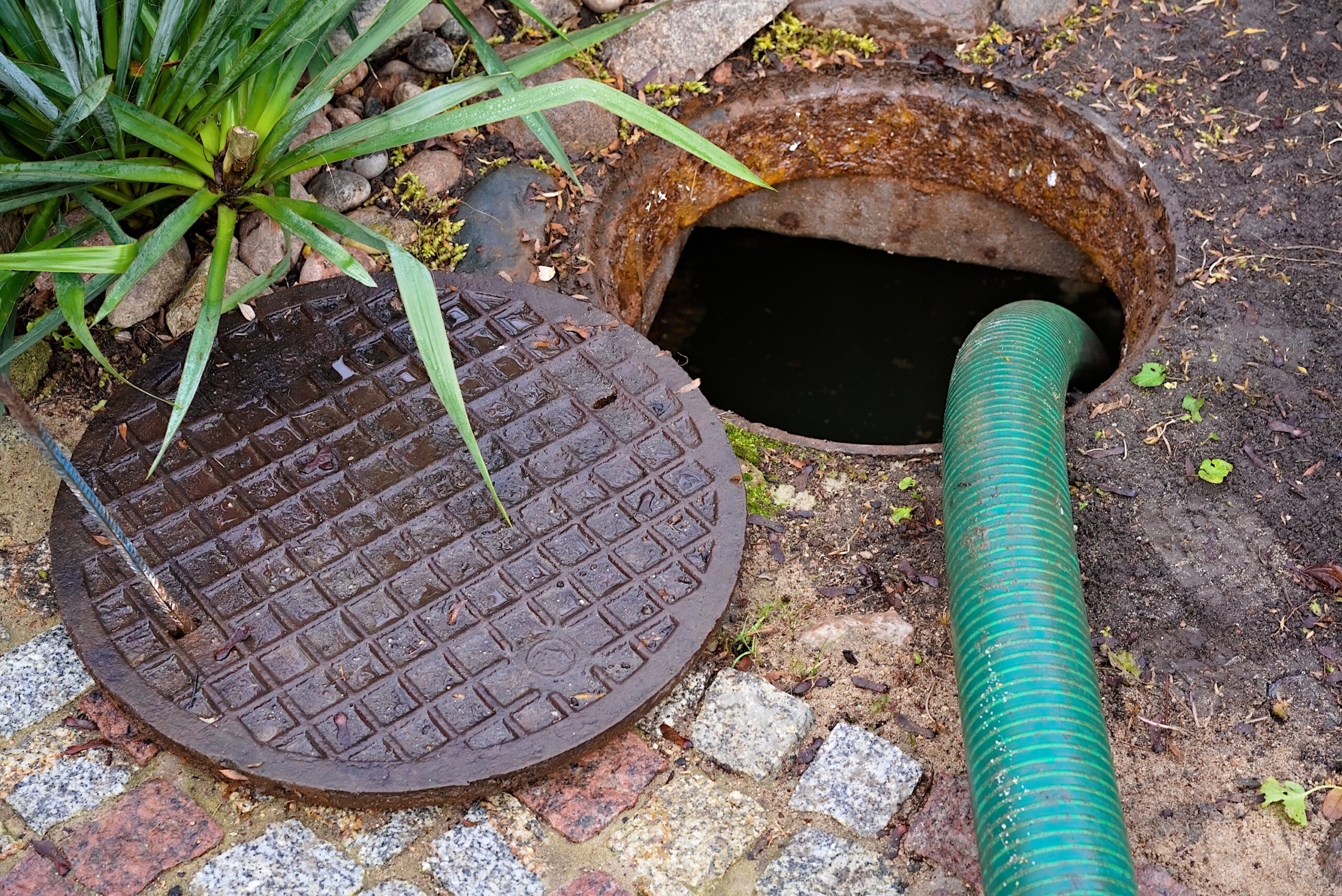It is not surprising to discover that regulations governing septic systems exist almost everywhere in North America. What is surprising is to find out to what degree the level of regulation varies depending on location.
Septic system regulations can pertain to many aspects of the septic system and the septic system service industry. Some examples are:
- Many areas of the country require some type of soil test and/or soil percolation test before any modifications to existing structures occurs, new construction begins or septic system replacement starts. Soil percolation is a test that quantifies how readily the soil absorbs water. A soil test examines the composition and structure of the soil. Both of these tests usually have to be conducted by a certified testing service and witnessed by a representative of the regulatory agency.
- Soil testing services must be certified by an approved agency or industry association.
- In some areas, only master plumbers can design or modify septic systems.
- In most areas, septic system modifications or plans for new construction have to be reviewed and approved by at least one regulatory body. The regulations governing system design can restrict tank location, absorption component size, system grade and other design criteria.
- Septic system component design and construction is regulated. For example, septic tank design and the materials they can be constructed with are regulated in most areas.
- There are many restrictions governments place on the allowable locations for septic systems. For example, certain flood plains or sloping ground are restricted from septic system construction.
- Some land abutting water ways or protected land are subject to denitrification standards because excessive amounts of nitrogen compounds in wastewater can trigger algae blooms.
- Surface discharge units have spawned specific regulations.
- Installation of a septic system is usually restricted to list of qualified installers. The criteria for inclusion on this list varies from location to location.
- There are regulations governing pumping frequency and system inspections. In many areas, septic tank pumping frequency is mandated within a prescribed period of time, regardless of system usage or size. In addition, some areas have codes that also mandate regular inspections of systems.
These are a few of the more common regulatory examples. If you traced the origin of most of these codes, you would find most were put in place to eliminate abuse and health threatening pollution. Over time, however, some areas have consistently tightened and enhanced regulations while other areas have not, resulting in large disparities.
Coming soon: how to compare one area’s regulatory level to another.











